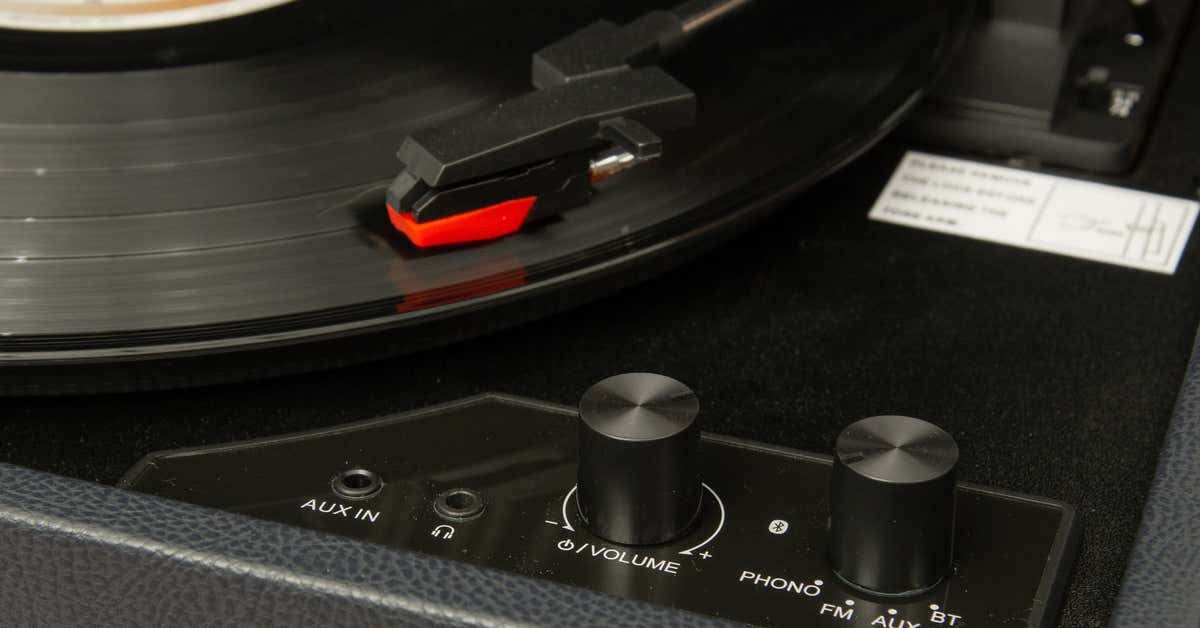There are very important reasons why turntables vary in price. They vary from the quality of the design, the build quality of their components, the materials of which they are made, and the engineering expertise that has been incorporated into them.
Back in the 1970's/1980's when turntables were in their heyday, most people owned a mass market turntable that really didn't do justice to playing records and deceived people into believing that CD's sounded so much better. Today, there are many more people with the complete opposite opinion and because of advances in technology and engineering expertise, music listeners are now able to purchase a turntable anywhere from $300 that sounds as good as a turntable that would have cost $1000 in the 1980's. In doing so, they are rewarded with the warmth, detail and sweet sound that is listening to vinyl.
There are several parts of the turntable that contribute to this superior musical performance. The first is the overall design principles incorporated into the turntable. Rigid design with vibration minimisation is the main goal of current turntable design.
The tonearm is a critical part of music reproduction. The stylus has the difficult job of tracking the record groove and extracting all of the musical information. The tonearm is the platform on which this all happens. Basic tonearms on cheap turntables do a relatively poor job of this, resulting in poor quality sound and high record wear and tear. In better quality turntables, the tonearm, and its mounting and bearings, improve in their precision which results in a higher quality sound.
The turntable platter is also a very important part of attaining quality music listening. Again, on cheap turntables, either a thin plastic or metal platter provides a poor platform on which the record is played. More expensive turntables seek to have a platter that provides a solid platform to help in isolating the record from outside vibration. They are made from various materials including glass, machined aluminium and high density acrylic which are balanced to ensure stability and speed accuracy.
Then there is the critical point of contact with the record, the stylus/cartridge. Again, cheap turntables come with a stylus/cartridge worth about $30 and tend to perform a "road-grading" effect on record grooves. They have low quality stylus tips that extract a minimal amount of information from the record. This "road-grading" effect also means that they cause irreversible damage to the record grooves which could have a detrimental effect on your future musical enjoyment. Higher performance turntables come standard with a generally more expensive stylus/cartridge which accurately tracks the record groove, retrieving much more musical information, whilst minimising damage to the record groove. As you go up through the range of turntables, the stylus/cartridge combinations continue to improve and therefore the performance does too.


Share:
What is a Phono Pre Amplifier?
Does my record player come with speakers?
4 comments
I just pulled my Pioneer SX-727 out of mothballs. Probably been sitting close to 30 yrs. I want to get a turntable for it today while Amazon has their Prime Days sale on. What would be a good one to get without breaking the bank and/or damaging vinyl…. help would be greatly appreciated!
.
I just pulled my Pioneer SX-727 out of mothballs. Probably been sitting close to 30 yrs. I want to get a turntable for it today while Amazon has their Prime Days sale on. What would be a good one to get without breaking the bank and/or damaging vinyl…. help would be greatly appreciated!
.
I just pulled my Pioneer SX-727 out of mothballs. Probably been sitting close to 30 yrs. I want to get a turntable for it today while Amazon has their Prime Days sale on. What would be a good one to get without breaking the bank and/or damaging vinyl…. help would be greatly appreciated!
.
Great blog! 👍Thank you for sharing!